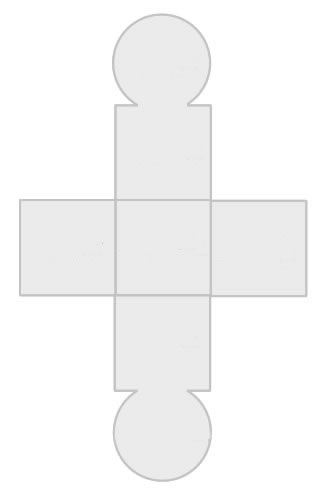ACHILLE B. OLIVA - BAROQUE MELANCHOLY
The works of the young Hungarian artist, Tamás Soós, let they be paintings, sculptures or drawings, are saturated by Baroque melancholy. He depicts the horror vacui that is the very own of Art, with shapes that appear as the shadows of life. These are abstract shapes reproducing the virtuality of an inner movement, manifested in the connection of abstract and figurative.
The state of melancholy is a basic condition for the creativity of the artist, as Soós is aware of the fact that Art operates in the sphere of the virtuality of language and not in the reality of things. Form is a tool adapted for self-expression in painting and sculpture, but it is not suitable for representing the world in a mimetic way. When we devoid this form from its materiality we reach emptiness. What is visible is the recognizable external image of man, contrasted by the artist with the universe of forms compatible with her own internal world, which remains invisible as long as it is not formalized by the process of artistic creation.
Tamás Soós' works are impregnated with a characteristic neo-Platonic philosophical stance typical of and maintaining Mannerism and Baroque. Art creates forms that suggest movement, that is, a sense of abstract life. This indeterminacy leads to the melancholic state of the artist, who makes his experience of life productive via the dynamism of creative work. Soós has a preference for the colors of ruby and black, because he strives at precision in the expression of psychological states. To create Art is to maneuver in the space between the divergent force of melancholy and the definite force of the form.
Soós gives a unique task to Art, the task of formal definition, this alone is able to liberate the psychological aspect of the subjective will, save it and shift it towards objective visuality comprehensible by all. For him Baroque does not mean adapting a hedonistic and spectacular style, but the only one suitable for the purpose. This is not the sunny and Mediterranean Baroque, but the Central European and mental. Form still preserves its conceptual ability to be the shadow of the material and the sculpture when it is manifested in the language of sculpture.
It is heraldic and funerary at once: the works of Soós show the silent external appearance of a conscious man, who knows that he can populate the world of shadows with his forms. However, this world does not express animosity or pain, rather it contrasts the positivity of the noise of life with the negativity of silence.
The life of Art is a peculiar one: it is filled with forms, which are then linked to other forms that decrease the weight of matter and help to recognize the invisible. Soós does the exact opposite of what Klee did, who proposed to make the invisible visible by making the former concrete and independent Soós highlights the invisible, clears it from daily ephemeralities and represents it as the only and absolute form of condition for Art and artists.
Even when the forms seemingly take on the organic way of nature, they do not express eroticism or vitality, rather the ability of the shadow to multiply itself and the ability of the melancholic state of mind to create differences and movement. Thus Art overcomes the conditioning, according to which melancholy would result in paralysis and develops a surprising productivity of the self-propagating forms built into the immaterial essence of language.
In: Tamás Soós – Baroque Melancholy, Ludwig Museum Budapest, 1995, catalogue
ACHILLE B. OLIVA - A phrase for Tamas Soós. 03. 04. 1996. Budapest
Melancholy is the crest of art.
Araldica Melanconia e quella dell' arte.
